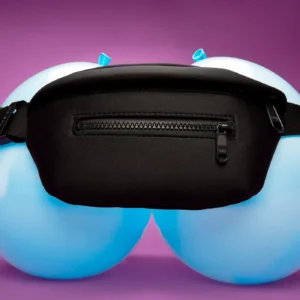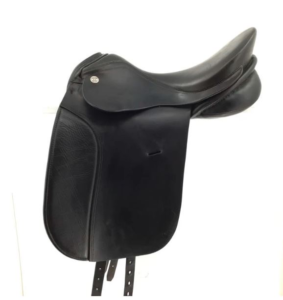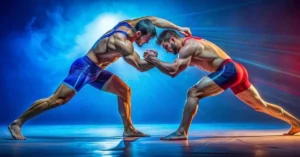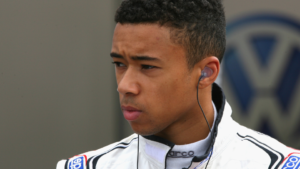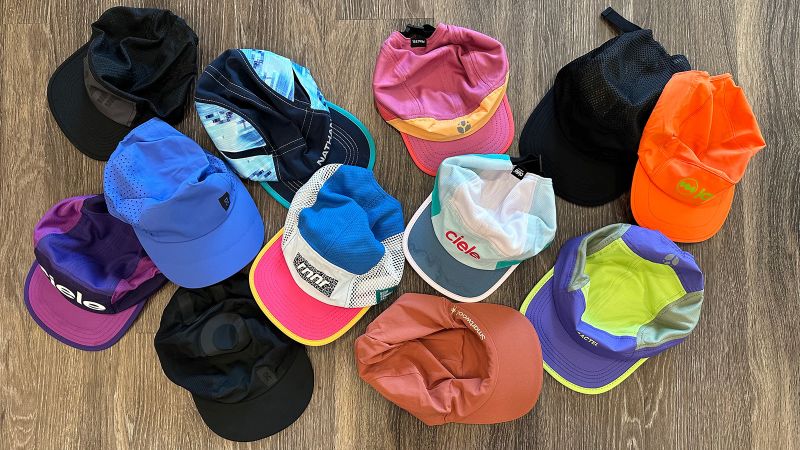
Drawing: Hat - The Art and Importance of Illustrating Headwear
Introduction to Hat Drawings
Even erasing a simple shape such as a hat can turn into a difficult task, which is an important part of fashion design or any other form of art illustration. Different types of hats are available and they exist in different forms ranging from cheap caps to expensive fedoras and different forms have to be drawn differently. I can confidently say that for any art piece no matter whether it is to be an imitation of real life or the art piece is to be more of a caricature, basic and primary forms and structures of hats are important to know and understand.
So, in this article, let’s discuss the types of hats how you can draw them, and when hats matter in life. We will also be advising how to protect one from the sun with a wide-brimmed hat and some cultural aspects of hat will also be explained.
The Basics of Drawing: Hat Styles
or instance, when beginning to draw the hat, one needs to decide whether he or she sees the outline of a hard or soft hat. Here are some common hat styles:
- Baseball Cap: A soft round cap with a stiff projecting piece in front.
- Fedora: A beret that has had the crown steamed so it may be folded and a broad brim.
- Sun Hat: A hat with a broad brim that shields the face, neck, and ears from the scorching sun.
- Beanie: A garment that is made of knitting and covering the head and ears tightly.
- Bowler Hat: A mid to demi high crowned hat which is made of felt material.
Step-by-Step Guide to Drawing a Hat
1. Drawing a Basic Hat Shape
- Step 1: First draw a small circle or an oval shape; this will be the upper part of the hat also known as the crown.
- Step 2: Finally draw a curved line around the base of the crown to create a brim.
- Step 3: Pull the top part up and slightly backward to give a touch of the desired form for the crown and make the bottom broad for the brim according to the type of hat that you want to draw.
2. Adding Details
- Step 1: For a fedora, you need to line at the crown – in the middle part and make a slightly concave cap.
- Step 2: For a baseball cap, draw the bill starting from the front of the crown off the hat.
- Step 3: For a sun hat which can be identified from the tanning logo the brim part needs to be made broader and with the use of texture lines to demonstrate how the hat material is woven.
3. Shading and Texturing
- Step 1: Identify the light source and now, to enhance the thickness of the crown and the brim, the man needs to draw some shadows.
- Step 2: If the material of the hat is smooth, then one needs to continue cross-hatching to create the impression of a texture on the hat.
- Step 3: Taking any glossy item, highlight the edges of the brim and the crown sections of the hat to give it more dimension.
The Significance of Hats in Fashion and Art
It is not a mere headgear; it has so much more to it than one can even imagine: status, ethnicity, and personality are some of the major aspects that hats depict in fashion and in art with the simplest illustration using the hat to depict the mood of the character of the story. From cowboy hats in films to hats worn during the royal wedding, hats are an eye-opener and their placement in different movies and occasions cannot be underrated.
1. Cultural Significance
- Hats in History: This headwear known as hats, has been in existence for many centuries and each of them symbolized different periods and cultures.
- Symbolism in Art: Hats as per the character, profession, or societal status of the character is depicted by artists most frequently.
2. Practical Use of Hats
- Sun Protection: When out in the sun one should ensure that they wear hats with wide brims to cover the ears, face, and the nape of the neck. It is particularly important to avoid sunshine to help protect the skin and therefore, have a low chance of skin cancer.
- Fashion Statement: Hats are accessories that can fit any occasion and dress – for work, for relaxed home outfits, and evening parties.
Manufactured Goods: The Intersection of Art and Commerce
It is common in the local and imported manufactured articles such as boards of ready-wear apparel, shoes, hats, and other accessories on the markets. Hats however continue to be produced whether by craftmanship or through mechanized production because they are both practical and ornamental.
1. The Art of Hat-Making
- Artistic Craftsmanship: Any piece of clothing made by hand, for instance, leather or woven products like hats is generally referred to as art.
- Photographic Representation: Headgears are very commonly incorporated in fashion photography as they are an essential accessory that also serves a style purpose.
2. The Role of Hats in Retail
- Market Display: Fashion accessories like hats made from hand or occasions like headgear that are made from Leather or woven products are generally regarded as art pieces.
- Cultural Influence: Head accessories especially hats are often used in fashion photography majorly because of the hat’s functionality and statuary significance.
Protecting Yourself with Sun-Protective Hats
Suncaps are not just accessories that we wear because they look good, but they are protective clothing important in shielding skin against UV rays. Here’s what to consider when choosing a sun-protective hat:
1. Features of a Good Sun-Protective Hat
- Wide Brims: Make sure the brim is at least as large as the size of the head to accommodate the whole face, ears and neck area.
- Material: Choose materials that do not let the sunlight in since they can be quite warm.
- Fit: A hat is worn on the head and they should therefore fit well to enable them to remain in place even when there is a slight wind.
2. Comparison of Sun-Protective Hats
| Hat Style | Brim Size | Material | Best Use |
|---|---|---|---|
| Sun Hat | Wide | Straw or Cotton | Beach, Outdoor Activities |
| Baseball Cap | Narrow | Cotton or Polyester | Casual Wear |
| Fedora | Medium | Felt or Wool | Casual to Semi-Formal |
| Boonie Hat | Wide | Nylon or Cotton | Hiking, Fishing |
Frequently Asked Questions
Q1: What materials are best for drawing a realistic hat?
A1: Graphite pencils and charcoal are helpful when it comes to producing realistic hat images because they can help detail the imagery equally as well as envision the shading facet of it. One can use colored pencils or markers to add color and feel to the picture needed.
Q2: How can I improve my skills in drawing hats?
A2: Draw different types of hats from different angles. Other ways are to study real hats and photographs so that there is a better understanding of the shapes of the proportions.
Q3: Why are wide-brimmed hats recommended for sun protection?
A3: Large hats provide more shade, including the ears, face, and neck, as compared to narrow hats; this shield’s area from UV rays that may cause skin damage and lead to skin cancer diseases.
Q4: How do hats influence fashion trends?
A4: Most of the time hats are fashion accessories that make specific fashion statements through appearances, style, and many other attributes. This they can do to turn a simple casual wear to an elegant wear.
Conclusion
It may be easily assumed that drawing a hat is quite unproblematic, and yet, it entails considerable concerns and certain knowledge about the hat and its role. Because hats are more than just useful items, which protect one from the sun, they are elements of fashion and artistry and thus by learning to draw hats one develops one’s skills as an artist as well as improves one’s perception of the hats.
No matter whether you are selling a fashionable hat or the utility of the hat, let me remind you that every hat has its own story. So with time, one may be able to sketch plots and personality traits and thus make these stories come alive.

